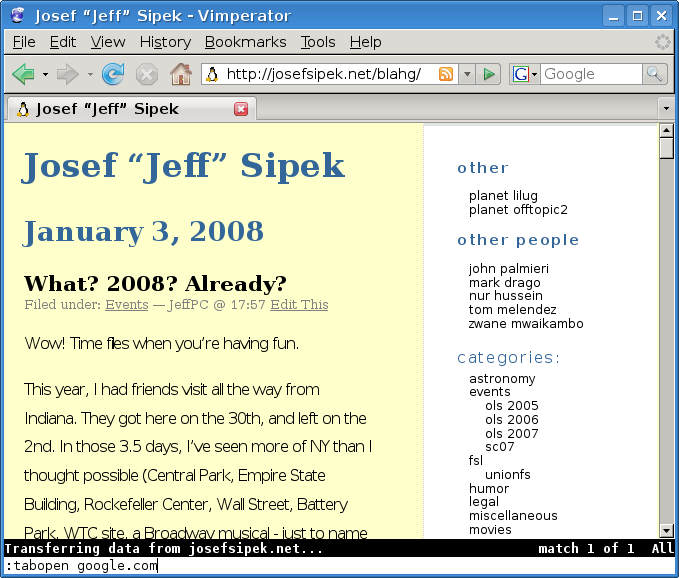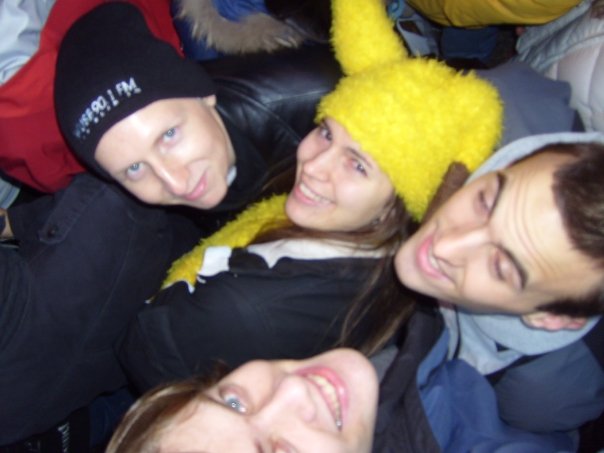Hello all!
I would like to announce the first public release of HVF — an open source OS for the zArchitecture written in C.
Currently, the OS does very little. It consists of:
- simple process scheduler
- console layer (currently supports only one 3215 device)
- page allocator
- slab allocator (to provide a libc-like malloc())
Once the system is IPLed, it outputs some information to the console, and then continues to idle. While this is not much there is enough code that it lends itself to (aside from my goal with it — see below):
- being used as a basis for experimenting with zArch
- being used as the beginning of a toy OS
Since I do not have access to a zSeries and therefore I had to resort to developing and testing on Hercules. It is possible that there are issues that need fixing to get things running smoothly on the real thing.
The ultimate goal is to have a VM/370-like OS that runs on the zArchtecture - to allow Linux and other modern OSes to run concurrently on a single machine. Here are few of the goals on the TODO list:
- nucleus should be all 64-bit (minus the arch mode switching code)
- mostly in C
- support multiple users
- use SIE to virtualize the hardware (S/390 and zArch modes)
- give something to the mainframe hobbyist community to play with :)
Note that this is all for the hypervisor — I’d like to have a CMS-like OS as well, but that’s secondary. (In a couple of days, I’m actually planning to post a list of ideas for the guest OS to the HVF mailing list — see below.)
You can find the released source code in a tarball at:
https://www.josefsipek.net/projects/hvf/src/
I use Git[1] as the version control system. You can browse the history, as well as obtain the source at:
http://repo.or.cz/w/hvf.git
Feel free to grab a copy of the source code, build it (see Documentation/building.txt in the source tree), IPL it, tweak it, and submit patches :)
I have also set up a mailing list as a place to discuss design, comment on code, etc.:
http://lists.josefsipek.net/listinfo/hvf
Currently, the list gets commit messages whenever something changes in the repository but I’m hoping that once people join it’ll be more interesting :)
Then there is the IRC channel where you can catch me pretty much all the time:
server: irc.oftc.net (the OFTC network)
channel: #hvf
And finally, I have decided to use GPLv2 as the license of choice for the code. The major advantage of doing so is the ability to borrow code (with proper citation of the borrowing) from other GPLv2 projects — namely Linux. The extent of the borrowing is restricted to basic building blocks — e.g., atomic variable types, locking primitives, but not much more beyond that.
Josef ’Jeff’ Sipek.
[1] http://git.or.cz/
![I [heart] VM](https://josefsipek.net/images/vmbump1.gif)


 Valkyrie
Valkyrie